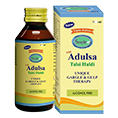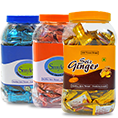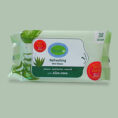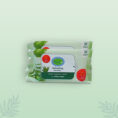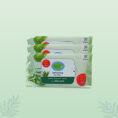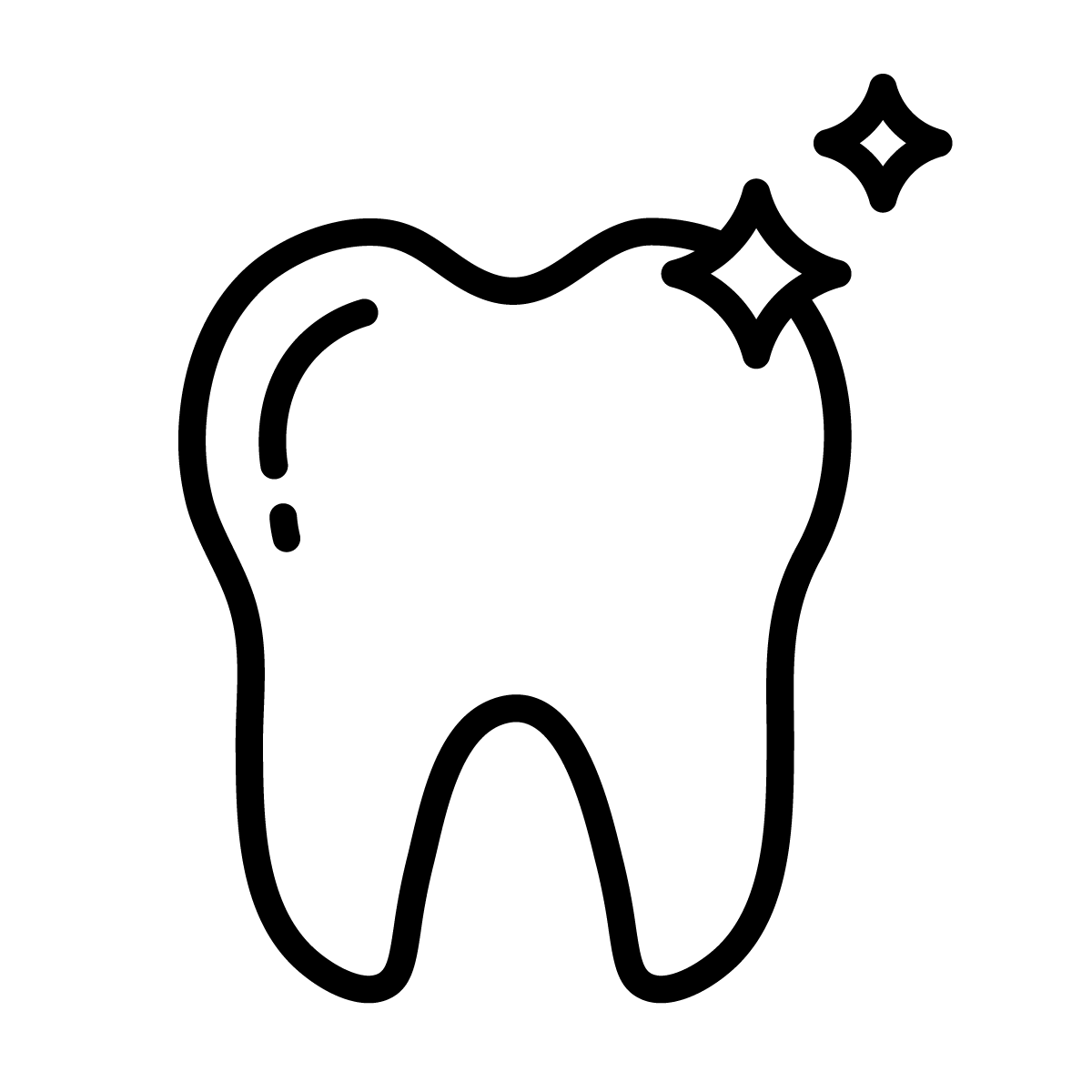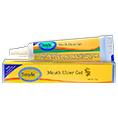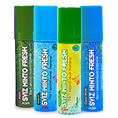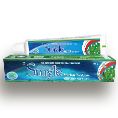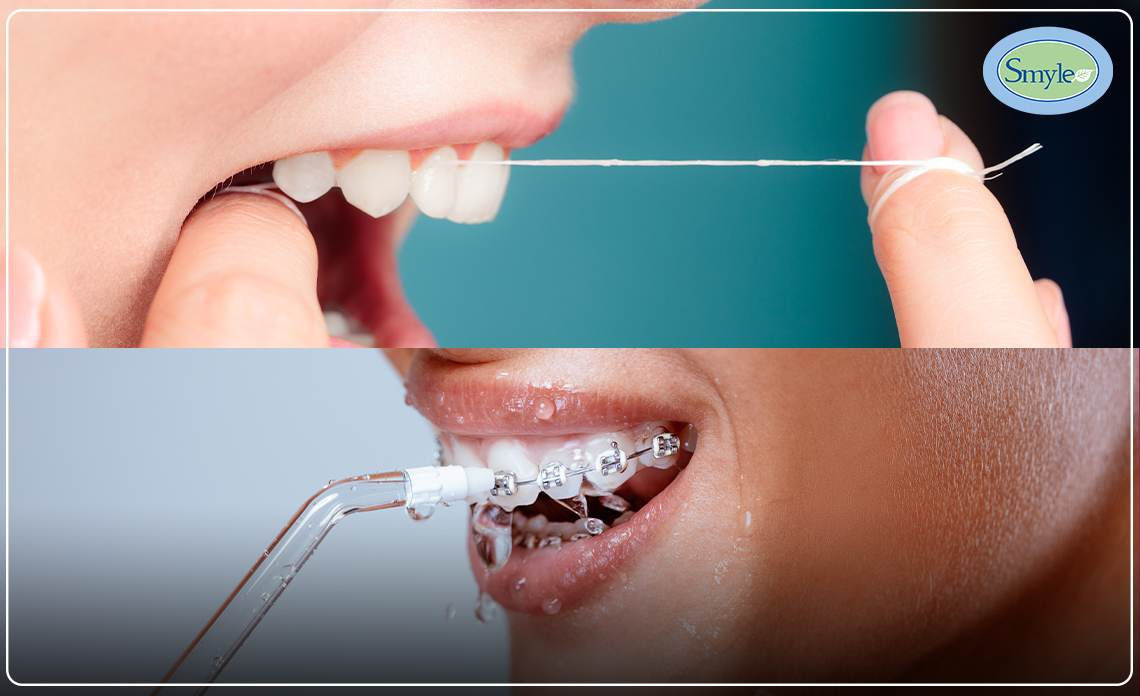Brushing the teeth isn’t the only pillar for sound dental health! You have to also floss and mouthwash to make up for good dental hygiene. All too often, flossing is left out of the picture, for some people, and this is a serious issue that can impact your overall dental health. These days many devices can make it easier for you to brush and floss.
Water flossers are just similar to your electric toothbrush and in a high-tech way they ensure to get your daily flossing done. If you want to know more about water flossing versus traditional flossing, then dive into this write-up:
What is Traditional Flossing?
Flossing helps remove plaque and food particles. Without flossing, the food particles or plaque which is built up can lead to gum disease or gingivitis. That is why it is so essential to include flossing in your daily dental care routine. Traditional flossing involves the process of moving sections of waxed or non-waxed string between your teeth and under your gum line to remove dirt, bacteria, and other food debris.
What is Water Flossing?
A water flosser is a device that is hand-held and squirts freshwater between your teeth. Water flosser removes food debris and plaque which is present between your teeth. Often the flosser tool is connected to a water tank that gets refilled when needed.
Most water flosser heads are compact in shape and can reach your teeth easily. Water flossers require a dedicated outlet, and they are quite difficult to travel with. When you are at home, you’ll use a water flosser, but when you are travelling, string floss can be useful.
Do Water Flossers Work?
Water flossers help in effectively removing food debris and plaque around and between your teeth. Water flossing can be best suitable:
- If you are facing any trouble flossing manually.
- Having braces is preventing you from moving floss between your teeth.
- If you are having crowns, then a water flosser can be easier to use around in comparison to traditional floss.
- If you are having any trouble reaching certain areas of your mouth, then flossing using a water flosser can prove beneficial.
- The same reason goes for those with hand stability or balance issues.
- Water flosser causes less irritation and bleeding and is gentler on your teeth.
How Does a Traditional Flosser Work?
In short, a water flosser cannot replace the traditional floss, because you still have to get in between with string floss and clean with the proper technique. Make sure to floss your gum completely, use a ‘C’ shape on one side of your tooth and start smoothly dragging the floss until you remove the dirt, plaque, bacteria and food particles. So, always ensure to use a fresh section of floss between your teeth. This technique can be tricky for some but is well worth learning.
Water Flossing Vs Regular Flossing
Traditional flossing is recommended by dentists and dental hygienists. This flossing method helps in preventing gingivitis and gum diseases if done correctly and regularly. They are small and portable, so that it is easy to carry the floss wherever you go, either in a purse, backpack, or desk drawer.
Water flossing can be another perfect alternative to traditional flossing for people who face trouble with manual flossing. If you have had braces or bridges done on your teeth, then water flossers can come to your rescue to help you keep your teeth clean. You can also observe less waste in your trash bin after you have a water flosser, as you are not throwing away any string sections. However, remember that a water flosser does require a water tank and electricity to work. Hence, a water flosser cannot be considered a convenient and portable option in comparison to traditional floss.
According to world-class dentists, the best way to floss is to use devices that are designed to clean teeth, prevent plaque & disease and maintain oral health. If managing flossing manually is difficult for you, then water flossers can be a good alternative to clear food debris and plaque.
The most important thing to remember is that flossing should be a part of your daily oral care routine and don’t use any appropriate items to floss such as fingernails or pieces of paper. So, floss at least once a day after brushing your teeth and clear off the debris and plaque in those hard to reach spaces.
You can also take good care of your oral health with Ayurvedic formulated products such as Smyle Herbal Toothpaste, Smyle Mouth Ulcer Gel, etc. To know more about the products, visit https://www.smyle.co.in/


